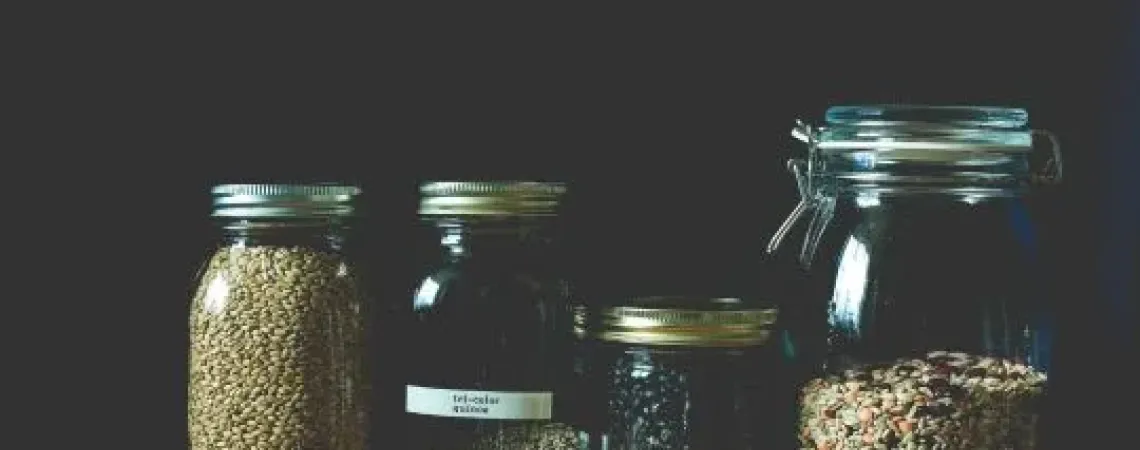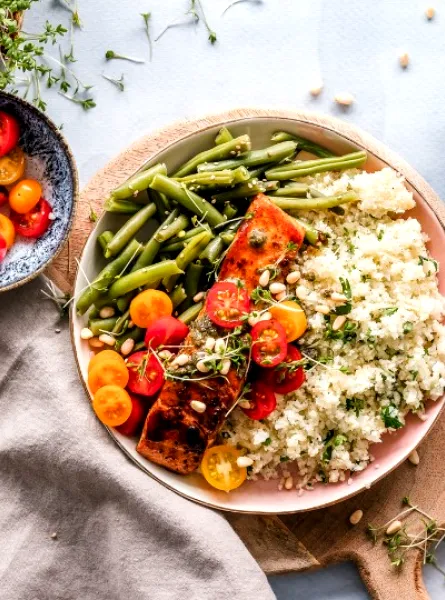
It's time to celebrate - your gluten-free diet can now include delicious varieties of baked goods! That's right, you can enjoy a hearty piece of toast with peanut butter, a turkey sandwich on a soft bun or even a satisfying pizza without having to worry about the consequences.
So whether you suffer from coeliac disease, gluten intolerance, or you just want a healthy wheat substitute, you've come to the right place.
Gluten-Free Options
Tasty gluten-free baked goods might sound too good to be true, but there are plenty of delicious and nutritious ingredients making this possible. For example, chia flour can be used for bread and pizza dough. It's an alternative to wheat flour that is high in fiber and low in carbohydrate, which makes it an ally in weight or diabetes management. Plus, chia seeds are rich in Omega-3 fatty acids, an essential nutrient that most people do not eat enough of.
Another gluten-free flour option features white-bean and grape skin. The combination of these two gluten-free flour options provide the same texture with a lot more antioxidants such as resveratrol, which is known to be helpful in heart disease prevention.
When looking for a wheat substitute, search for gluten-free options with natural ingredients. Healthy eating is about providing your body with the vitamins and minerals it needs to keep you energized and strong.
Why Choose Gluten-Free Flours
Did you know there were health benefits to eating gluten-free flours? It's true - by choosing other grains you supply your body with fiber, protein, and other necessary nutrients.
Some of the gluten-free grains include:
- Oats
- Flax
- Millet
- Quinoa
- Buckwheat
- Arrowroot
These options offer an easy grain-replacement without losing out on fiber, protein, and even Omega-3s. Look at packages to see which of these grains your gluten-free products have.
Pick foods that have a high protein and fibre content if you want to feel fuller for longer. Making good dietary decisions can help you feel better or lose weight.
Eating a Healthy Gluten-Free Diet
Eating a gluten-free diet doesn't necessarily mean you have a healthy diet. Many gluten-free products are highly processed and therefore very high in sugar, salt and fat. A balanced diet still includes fruits, vegetables, and high-quality fats. There are plenty of delicious recipes that feature healthful foods for you and your family.
Try some of the gluten-free bread options mentioned above or consider making your own baked goods at home! It’s not always easy to modify a traditional recipe in order to make it gluten-free. Fortunately, there are some very helpful products on the market like Queen St. Bakery 1-for-1 Superfood Baking Flour which makes it possible to substitute wheat flour without worrying about the results.
Eat Well, Live Well, Be Well
Eating well can help you live a longer, stronger life. If you suffer from coeliac disease or gluten intolerance, your diet is even more important to maintaining your overall health.
Whatever you choose, be mindful of how it fits into an overall balanced diet. Talk with a professional if you have specific questions about your own diet choices. Working with a dietitian or nutrition counselling service is one of the best ways to navigate healthy eating on a gluten-free diet.
And if you're looking for nutrition advice or to work with an experienced professional dietitian, contact us. We are here to help you on your journey towards better health!






